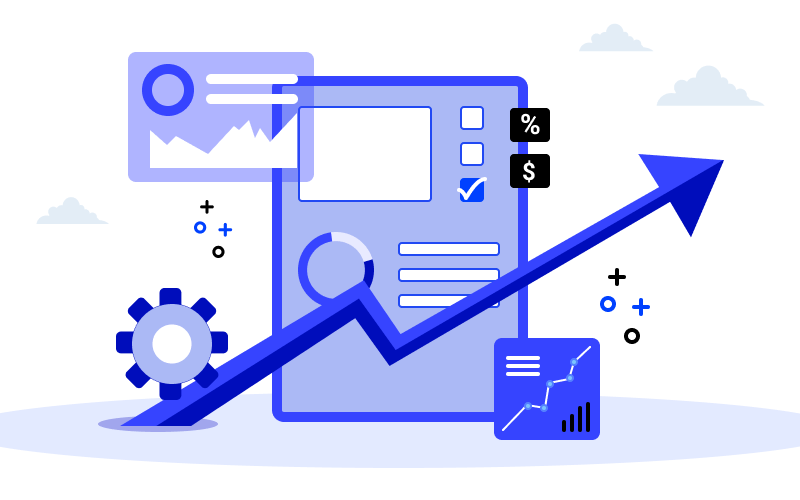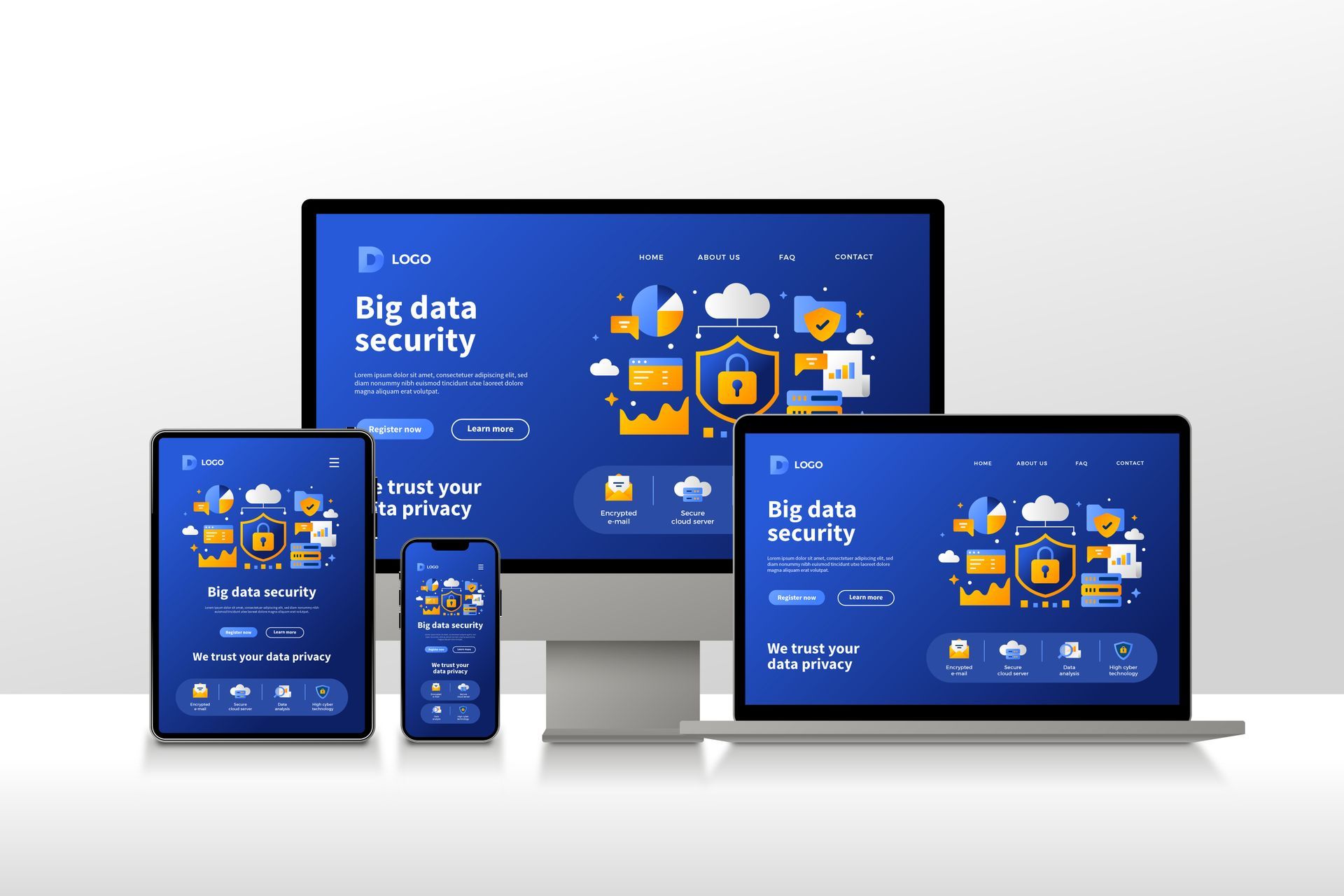
The Growing Importance of Cybersecurity: How to Protect Your Business in the Digital Age
Why Cybersecurity Matters More Than Ever
In today’s digital-first world, cybersecurity is no longer optional—it’s a necessity. Businesses of all sizes face growing threats from cybercriminals looking to exploit vulnerabilities in data security, privacy, and infrastructure. Without proper protection, a single attack can result in lost revenue, reputational damage, and even legal consequences. But what exactly does cybersecurity entail, and how can you safeguard your business?
Understanding Cyber Threats in the Digital Age
As businesses shift to online operations and cloud-based systems, cyber threats have evolved in complexity. Hackers use sophisticated methods such as:
- Ransomware Attacks: These lock you out of critical data, demanding payment for access restoration.
- Phishing Schemes: Deceptive emails or messages trick employees into revealing sensitive information.
- Data Breaches: Unauthorized access to confidential data can result in identity theft and financial losses.
Without a strong cybersecurity framework, your business could be vulnerable to these and other emerging threats.
The Business Case for Cybersecurity
Cybersecurity is more than just IT management—it’s a core component of risk mitigation and long-term business success. Here’s why every business must prioritize digital security:
1. Protecting Sensitive Data
Your company stores valuable information, including customer details, financial records, and intellectual property. Effective cybersecurity measures help prevent unauthorized access and data theft.
2. Regulatory Compliance
Regulations like GDPR and HIPAA require businesses to maintain strict data security standards. Non-compliance can lead to hefty fines and legal actions.
3. Ensuring Business Continuity
A cyberattack can halt operations, resulting in lost productivity and revenue. Having a cybersecurity plan ensures that your business remains functional even in the face of security threats.
4. Building Customer Trust
Consumers expect businesses to protect their personal information. Strong cybersecurity safeguards enhance customer confidence and loyalty.
Essential Cybersecurity Strategies for Businesses
Implementing the right cybersecurity measures can help fortify your business against cyber threats. Here are key strategies to consider:
1. Conduct Regular Security Audits
Perform frequent assessments of your systems and networks to identify and address vulnerabilities before attackers exploit them.
2. Use Data Encryption
Encrypt sensitive data to make it unreadable to unauthorized users, adding an extra layer of security.
3. Train Employees on Cybersecurity Best Practices
Human error is one of the biggest security risks. Educate your staff on recognizing phishing attempts, using strong passwords, and following secure protocols.
4. Implement Multi-Factor Authentication (MFA)
MFA requires users to verify their identity through multiple steps, significantly reducing the risk of unauthorized access.
5. Develop a Backup and Disaster Recovery Plan
Regularly back up your data and have a clear plan for restoring systems in case of a breach or failure.
6. Invest in Cyber Insurance
Cyber insurance can help cover the financial impact of a security breach, including legal fees, lost data, and downtime recovery costs.
The Future of Cybersecurity: Emerging Trends
As technology advances, so do cyber threats. Businesses need to stay ahead by keeping up with emerging security trends:
- AI-Powered Cybersecurity: Artificial intelligence is being used to detect and respond to cyber threats in real time.
- Quantum Computing Risks: As quantum technology advances, it may render current encryption methods obsolete, requiring new security approaches.
- Zero-Trust Security Models: Businesses are increasingly adopting zero-trust frameworks, which require continuous verification of all users and devices.
Take Action: Strengthen Your Cybersecurity Today
Cybersecurity is not just a precaution—it’s a long-term investment in your business’s safety and success. By implementing strong security measures, training employees, and staying informed about emerging threats, you can protect your company from costly cyberattacks.
Don’t wait until it’s too late—start securing your business today!
Frequently Asked Questions (FAQs)
Q: What is the biggest cybersecurity threat to small businesses?
A: Phishing attacks are among the most common threats, as they target employees to gain unauthorized access to sensitive information.
Q: How often should businesses update their cybersecurity measures?
A: Cybersecurity should be reviewed and updated regularly, at least quarterly, to address evolving threats.
Q: Is cybersecurity only important for tech companies?
A: No, every business that handles data—whether customer information, financial records, or intellectual property—needs robust cybersecurity protection.










